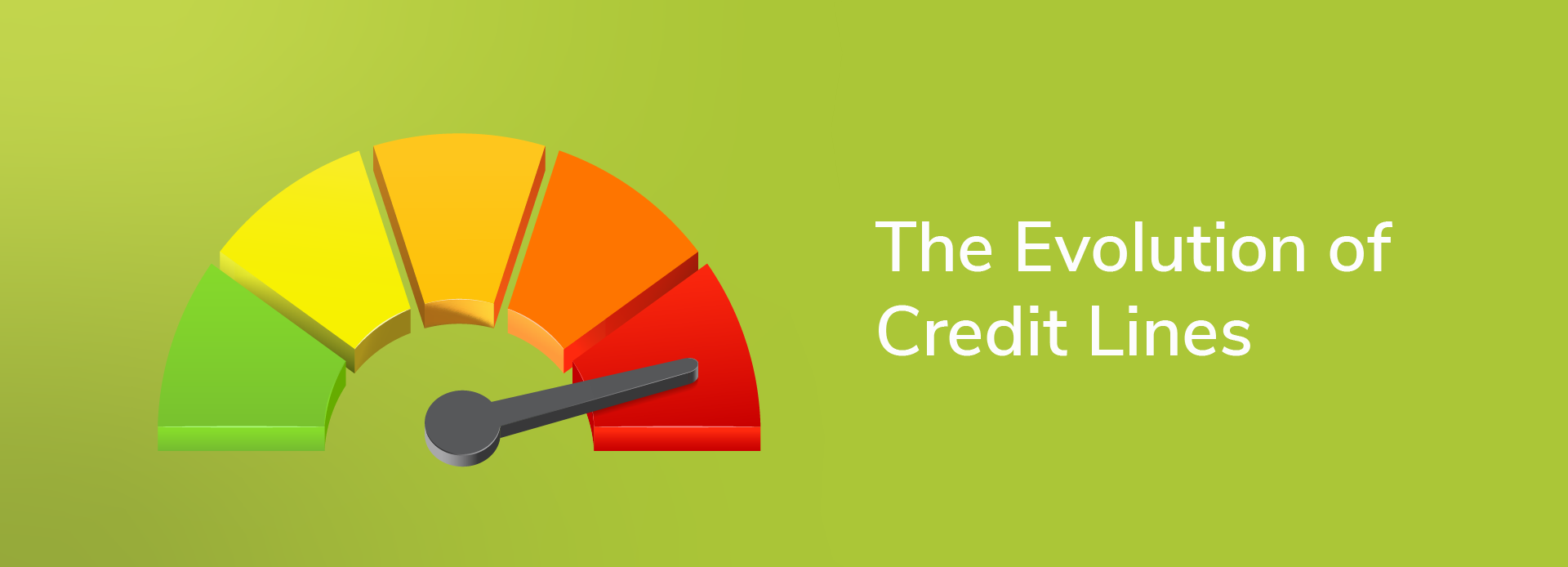
The Evolution of Credit Lines: From Traditional to Online Lenders
15 May 2024 | By INDIE
The evolution of credit lines in India has significantly transformed the lending landscape. The remarkable change and the continuous innovation in the lending space reflect technology adoption, a major shift in consumer behaviour, and transparency. Though every FinTech innovation offers greater flexibility, convenience, and accessibility, it also throws certain challenges. New-age lending presents challenges in terms of consumer protection and regulations.
This article explores the evolution of credit lines in India from traditional lenders to digital lenders. It sheds light on how various factors have led the lending space to gradually transition from traditional methods to digital and new-age innovative methods.
Evolution of Credit Lines in India
The concept of lending and borrowing has been around for ages, the idea of which ultimately gave birth to banking loans and digital loans that exist today. The system of loan and loan deeds in India was there even before British Rule. However, it gained a formal structure with the development of banking institutions during British Rule in India. Let us look at the evolution of credit lines in India from the post-independence era in 1947, which can also be considered as the pre-liberalisation era before 1991.
Pre-liberalisation era (1947 to 1990)
● The Reserve Bank of India was set up and the banking sector was majorly dominated by the public sector banks.
● The access to credit was limited and the lending was extensively based on collaterals.
● Availing of business loans was challenging with restrictions.
Liberalisation era (1991- 2000)
● Private banks and foreign banks were introduced after the economic liberalisation reforms of 1991, raising competition for public sector banks.
● Loans started to become accessible with a wide range of credit products being introduced. This included some of the unsecured forms of credit like credit cards and personal loans.
● The Credit Information Bureau Limited (CIBIL) was introduced during this time in the year 2000. This enabled banks and financial institutions to efficiently access the creditworthiness of potential borrowers.
Digital banking era (2000-2010)
● Banks started their digital transformation journey by leveraging the technologies to streamline their operation. Digital banking services started during this time.
● Credit cards gained more traction during this time with the emergence of more and more e-commerce platforms.
FinTech disruption (2010 -present)
● The emergence of FinTech companies in the lending space with an increased focus on line of credit and digital lending. These startups started offering credit line loan at attractive line of credit rates.
A question may arise here – what is credit line? Well, the line of credit is a pre-approved loan that lets you utilise the money whenever you need it.
● The rise of peer-to-peer lending has made line of credit more accessible for people without having to go through the stringent procedures of traditional banks.
● Alternative credit products started to grow in demand with the increasing number of digital lending platforms offering quick and easy credit solutions.
You can avail of flexible credit line using the INDIE credit line app without any hassles.
Also read: How to get approved for a line of credit
Current trends in the lending landscape
In the last decade, regulatory measures to promote digital lending and government schemes like Modra Yojana to promote financial inclusion have transformed the lending space. Contactless payment solutions in the post-pandemic phase are also facilitating the shift towards digital loan products. The Adoption of newer technologies like artificial intelligence, machine learning, and blockchain is making the risk assessment and the lending process quicker. Banks are also partnering with FinTech startups to provide innovative credit solutions to their customers.
Also read: Different types of line of credit
Conclusion
To sum up, the transition from traditional lending system to digital lending has transformed the financial landscape remarkably. Current trends and ongoing innovations in the credit landscape continue to shape the industry with substantial emphasis on accessibility, flexibility, and digitisation.
Disclaimer: The information provided in this article is generic and for informational purposes only. It is not a substitute for specific advice in your circumstances. Hence, you are advised to consult your financial advisor before making any financial decision. IndusInd Bank Limited (IBL) does not influence the views of the author in any way. IBL and the author shall not be responsible for any direct/indirect loss or liability incurred by the reader for making any financial decisions based on the contents and information.




